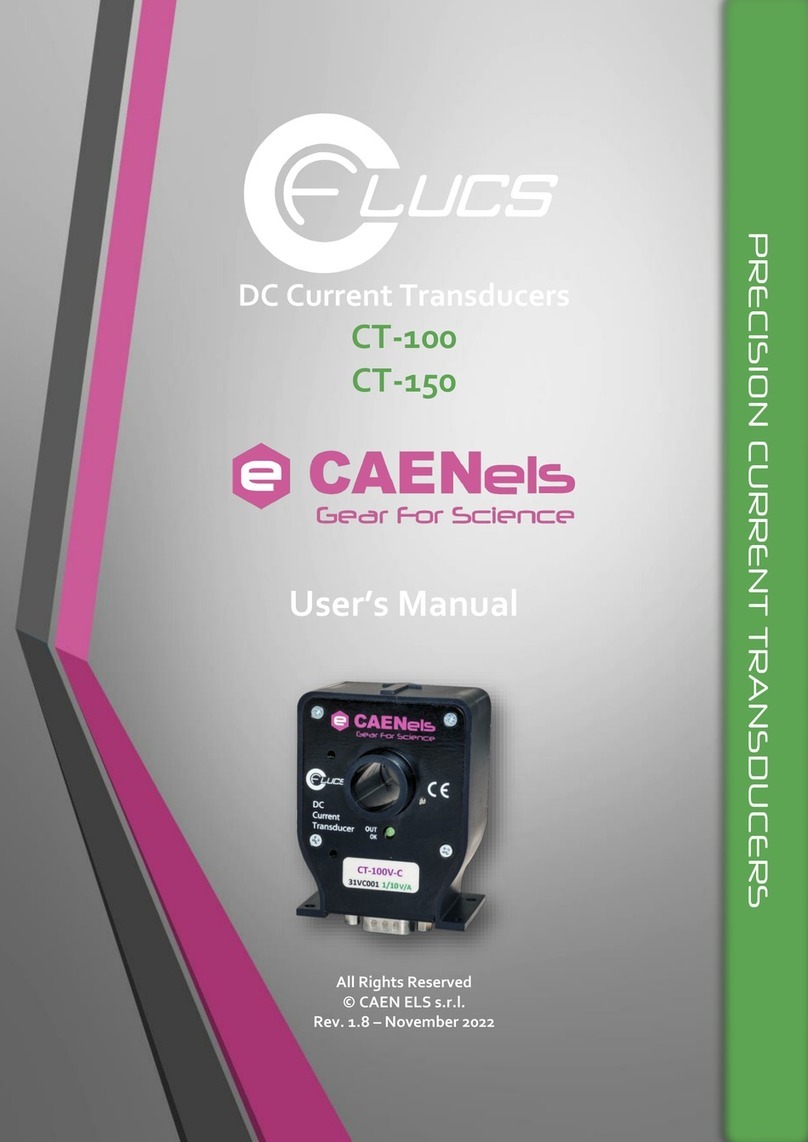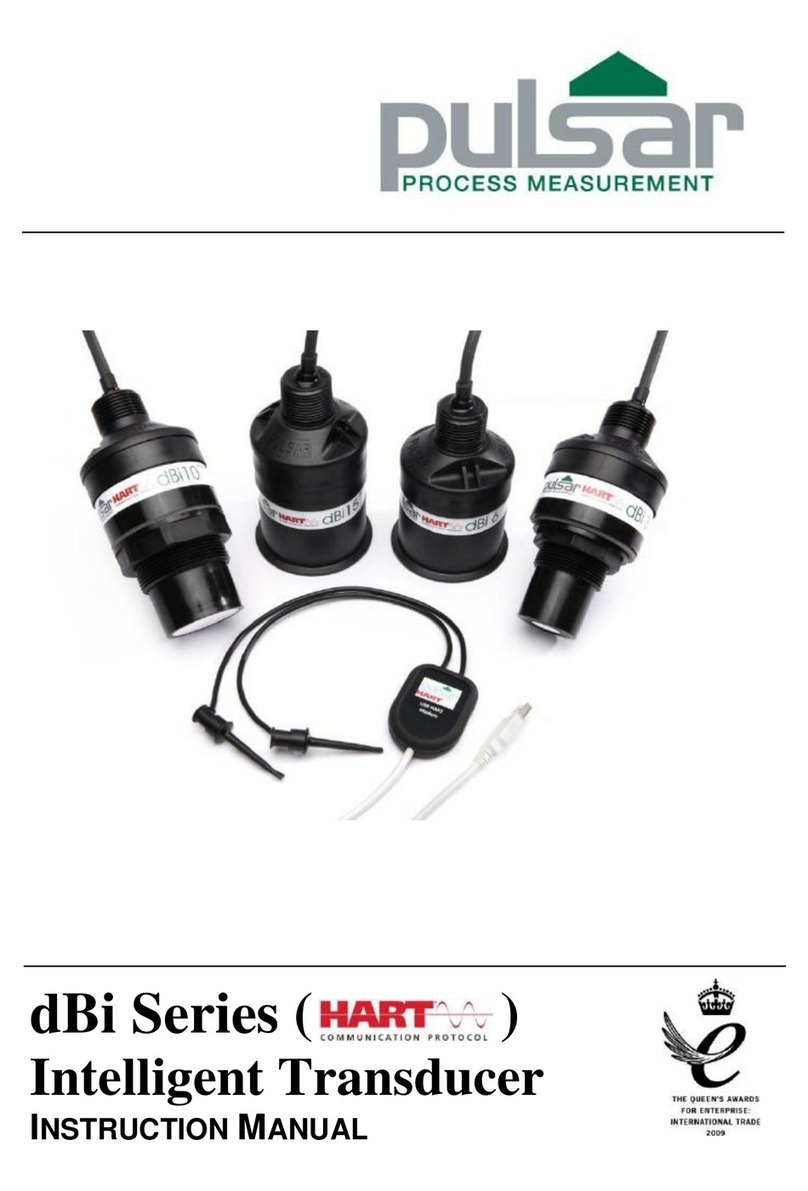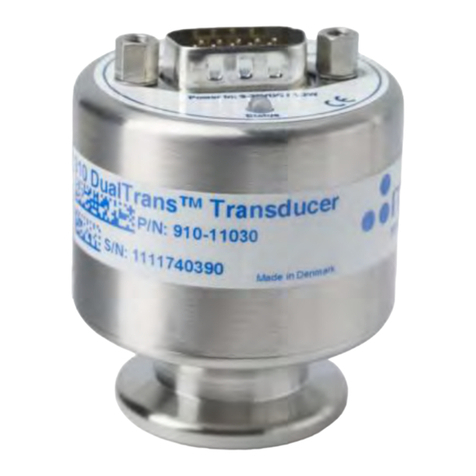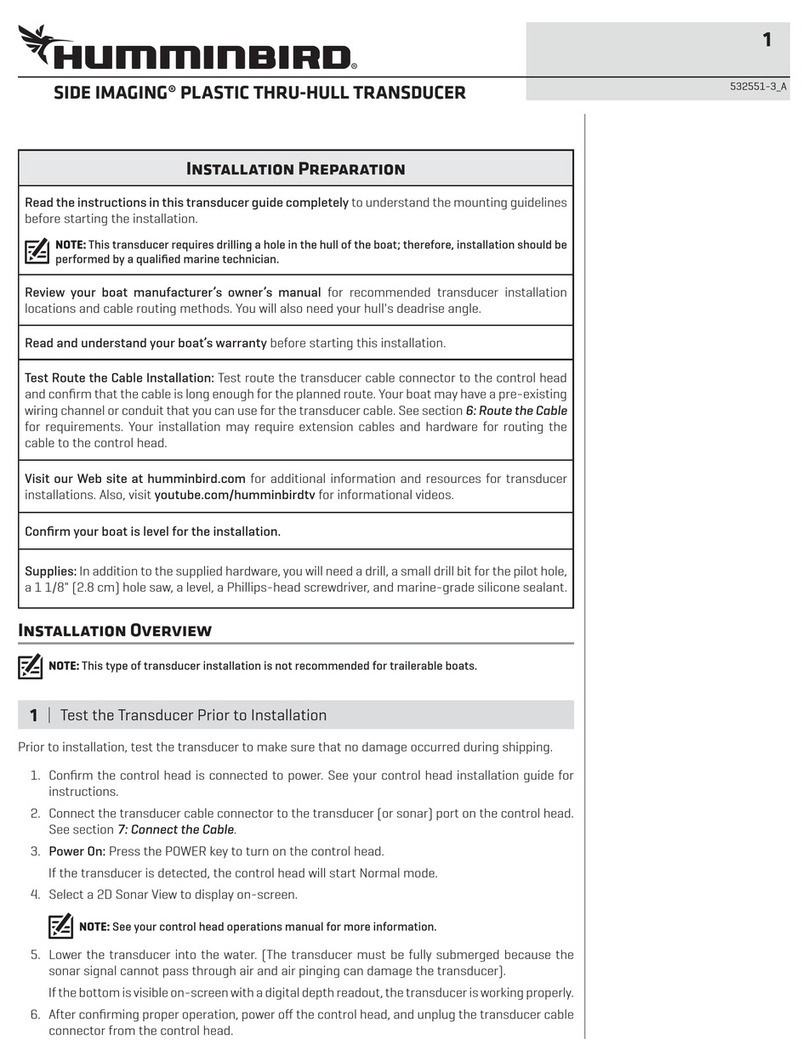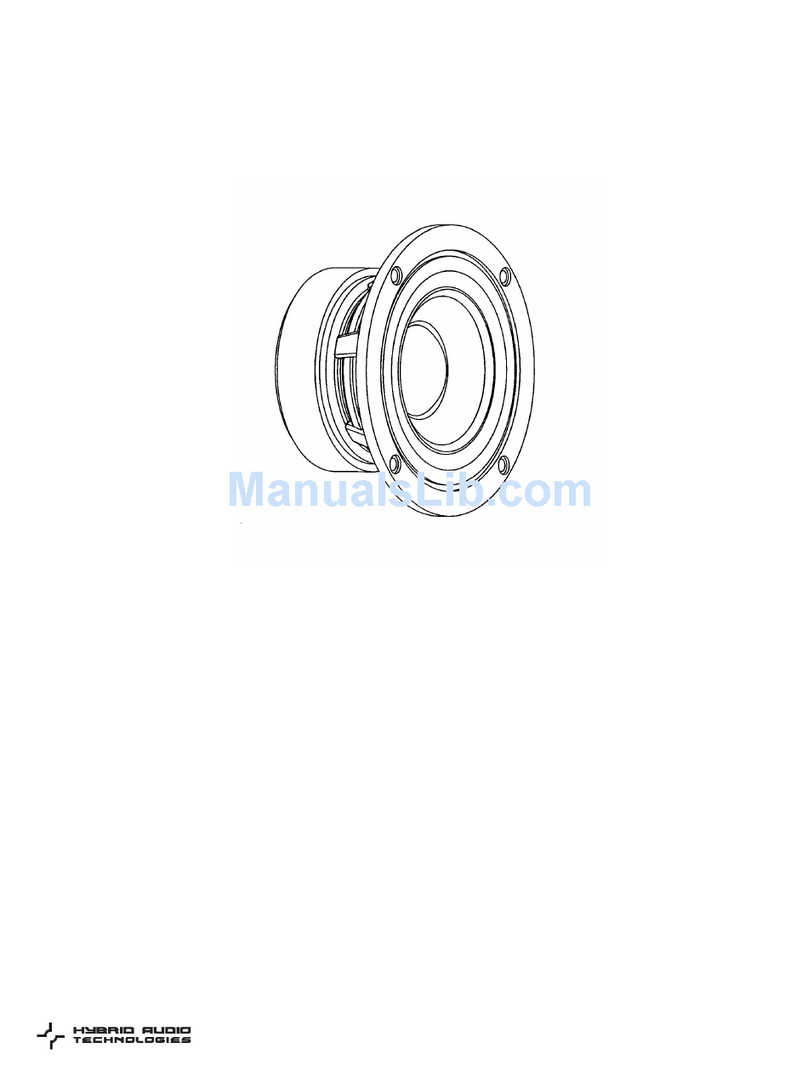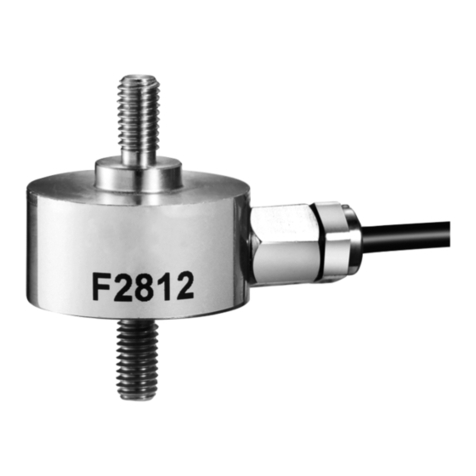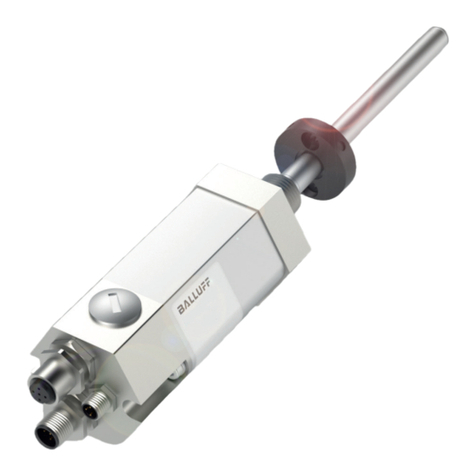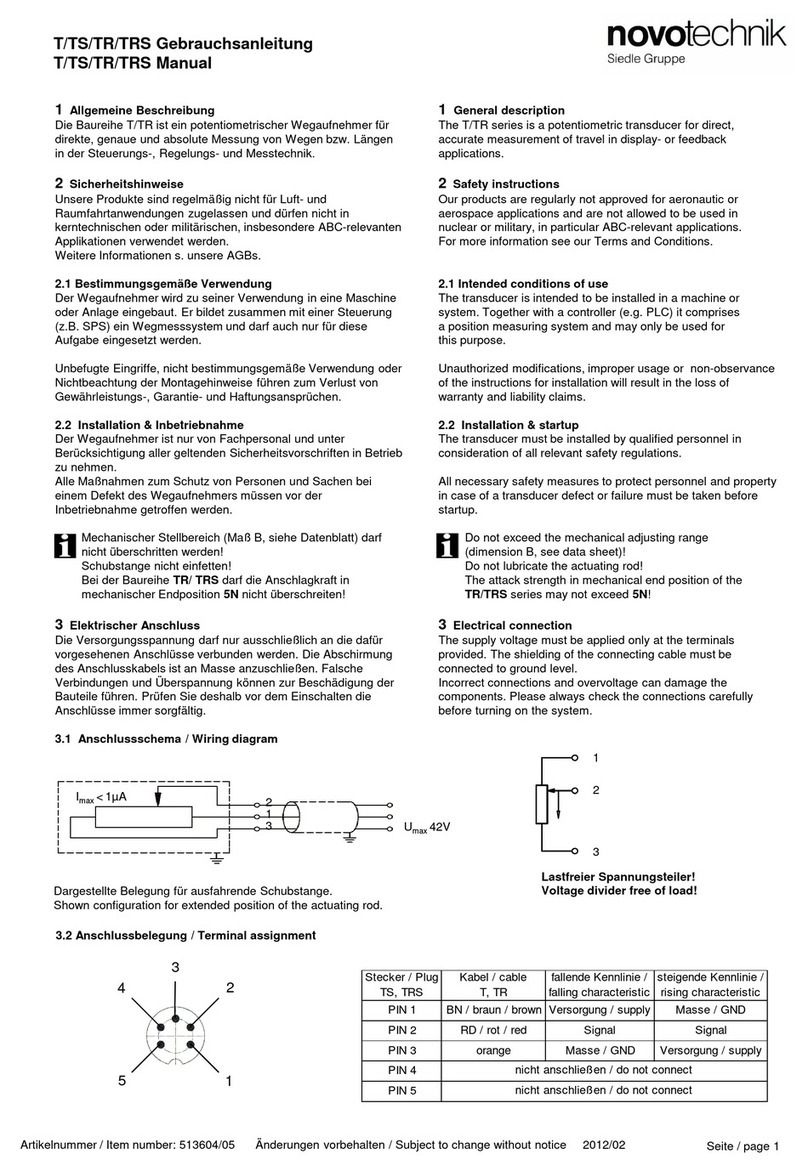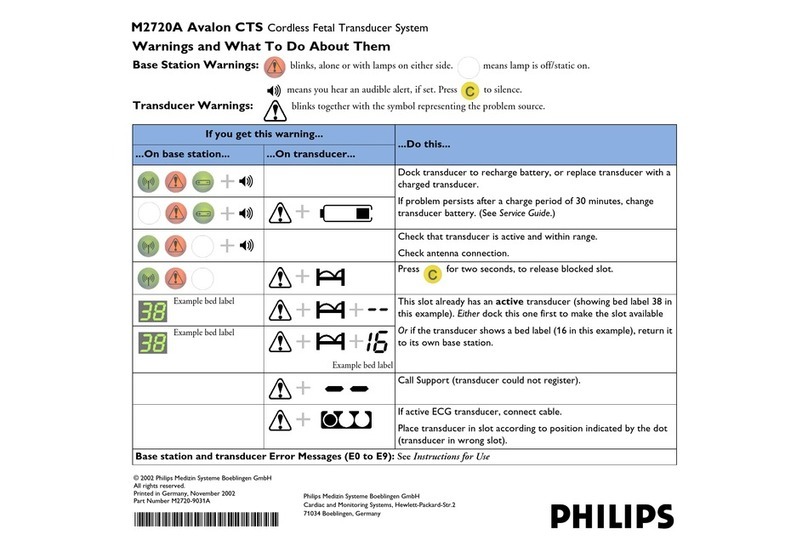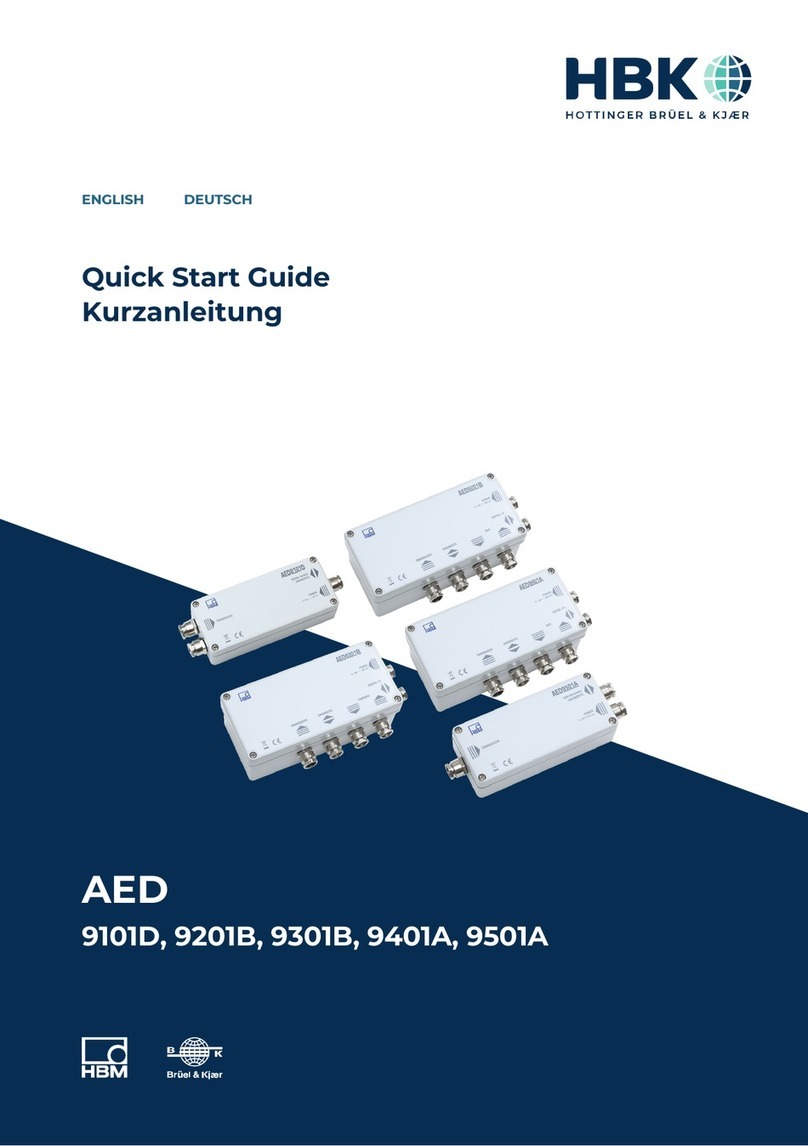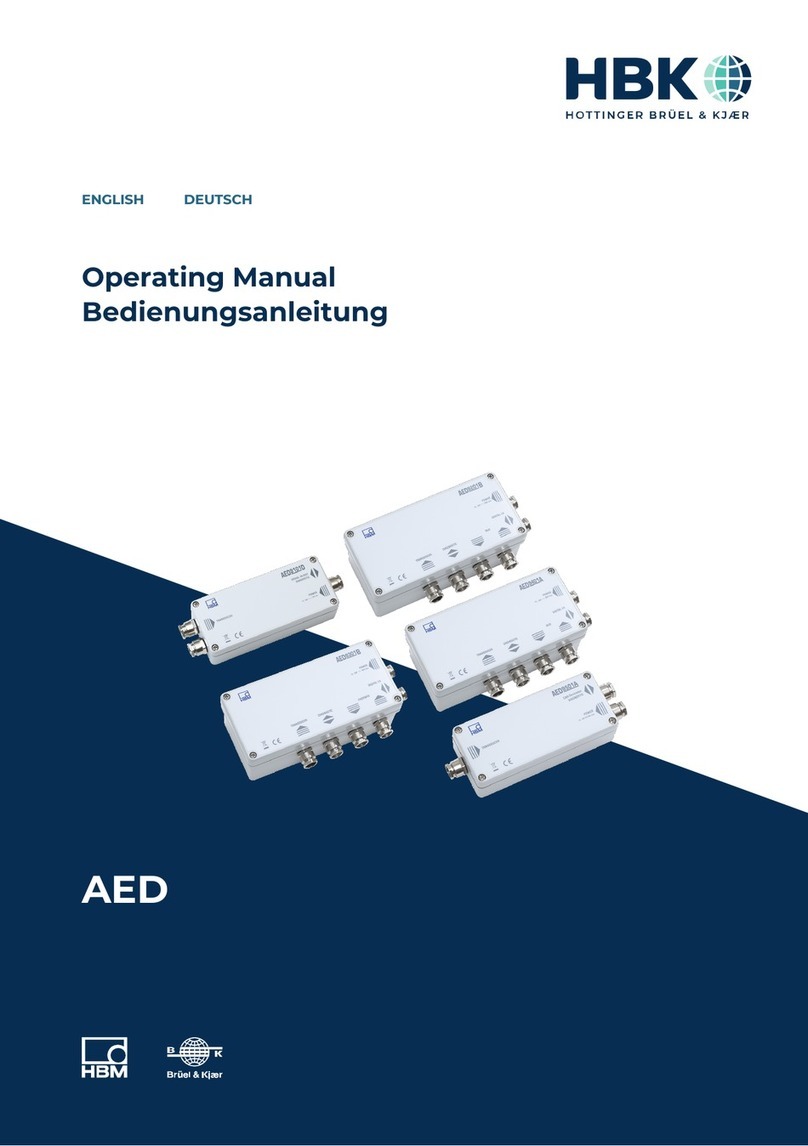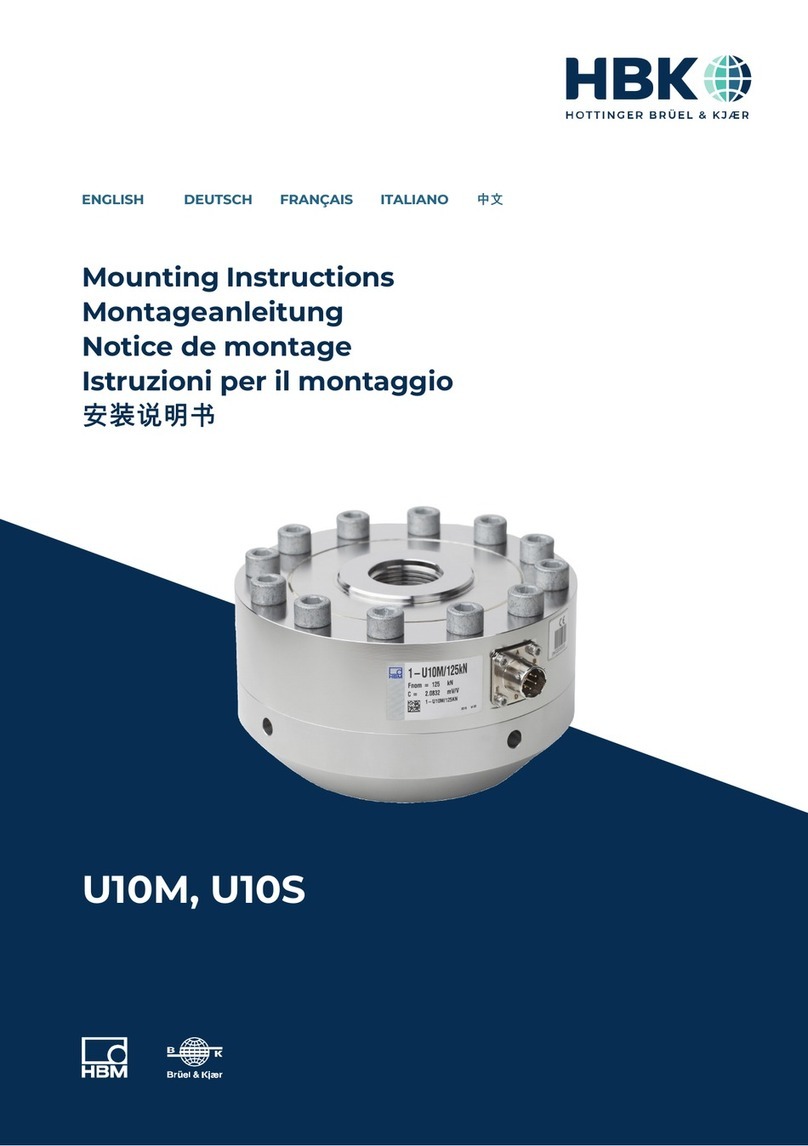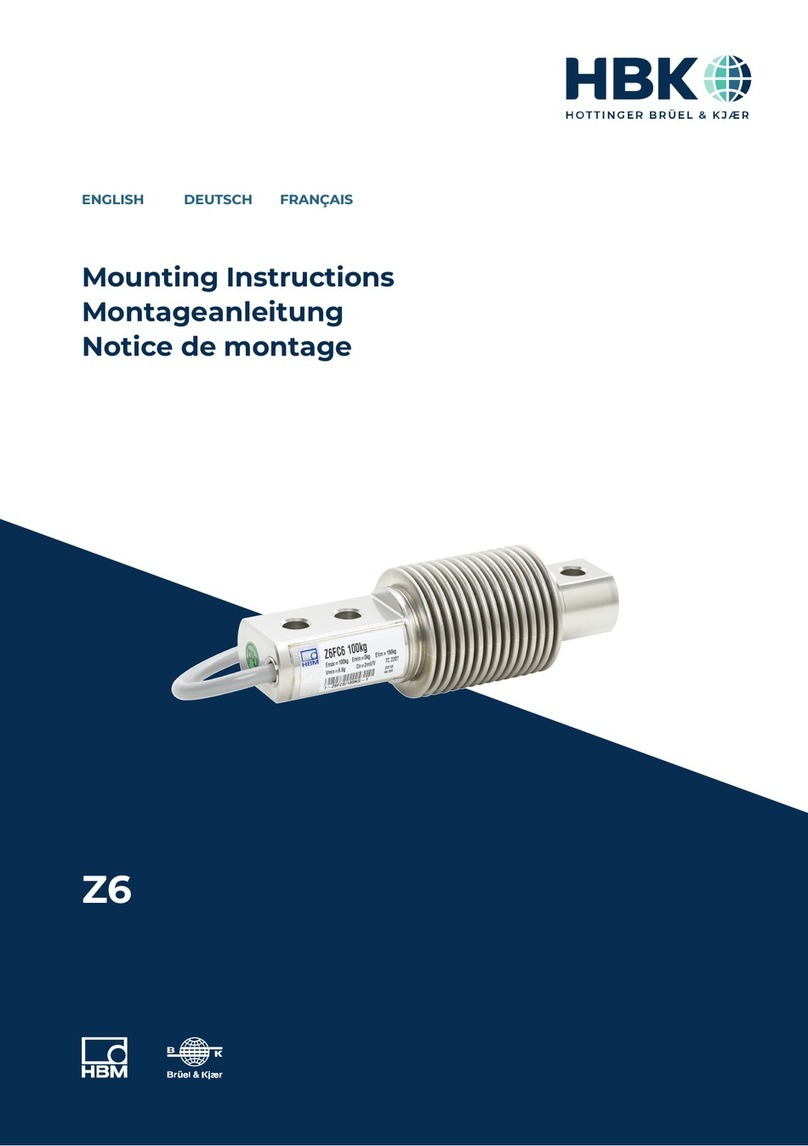
3
T210
SAFETY INSTRUCTIONS
1 SAFETY INSTRUCTIONS
Intended use
The T210torque transducer is used exclusively for torque and rotation speed measure
ment tasks, and directly associated control and regulatory tasks. Use for any purpose
other than the above is deemed improper use.
In the interests of safety, the transducer should only be operated as described in the
Operating Manual. During use, compliance with the legal and safety requirements for the
relevant application is also essential. The same applies to the use of accessories.
The transducer is not a safety element within the meaning of appropriate use. Proper and
safe operation of this transducer requires proper transportation, correct storage, assem
bly and mounting, and careful operation.
General dangers of failing to follow the safety instructions
The transducer corresponds to the state of the art and is failsafe. The transducer can
give rise to remaining dangers if it is inappropriately installed and operated by untrained
personnel.
Everyone involved with mounting, starting up, maintaining, or repairing the transducer
must have read and understood the Operating Manual and in particular the technical
safety instructions.
Residual dangers
The scope of supply and performance of the transducer covers only a small area of
torque measurement technology. In addition, system planners, installers and operators
should plan, implement and respond to the safety engineering considerations of torque
measurement technology in such a way as to minimize remaining dangers. Existing regu
lations must be complied with at all times. Reference must be made to remaining dan
gers connected with torque measurement technology.
Conversions and modifications
The design or safety engineering of the transducer must not be modified without our ex
press permission. Any modification shall exclude all liability on our part for any resulting
damage.
Qualified personnel
The transducer must only be installed and used by qualified personnel, strictly in accor
dance with the specifications and with safety requirements and regulations. During use,
compliance with the legal and safety requirements for the relevant application is also
essential. The same applies to the use of accessories.





















